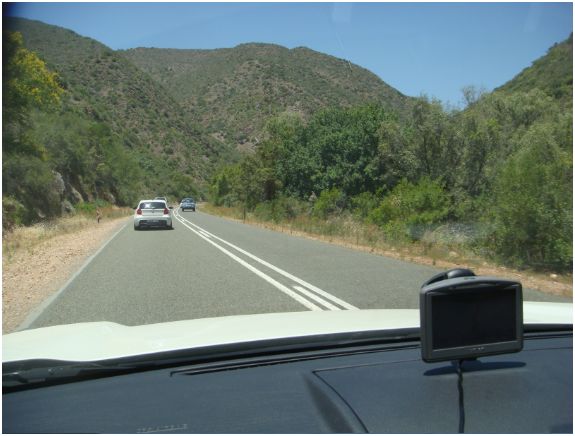
HAMILTON — The state’s highest court yesterday upheld the revocation of a Hamilton man’s probation in a 2004 domestic assault, a revocation based in part on GPS computer records showing that he had entered areas near his wife’s home.
The Supreme Judicial Court ruling in the case against John Thissell makes clear that probation officers and judges may rely on GPS data in finding a probation violation, though the court went on to recommend that in the future, those GPS records should be submitted as certified copies.
Essex County District Attorney Jonathan Blodgett yesterday praised the ruling, saying it comes at an important time, as GPS is used more and more frequently to supervise probationers and others.
“GPS monitoring is not only here to stay but will be used more frequently in the future in light of budget cuts,” Blodgett said.
Meanwhile, Thissell’s lawyer, Elena Rosnov, called the recommendation that the records be certified a “mini-win” for defendants and their lawyers.
Thissell, 44, was arrested in 2004 for a domestic assault and battery on his wife, who fled their Hamilton home covered in blood and sought help from a neighbor. She later told a reporter that she had been subjected to abuse throughout the relationship.
Thissell was originally sentenced to serve 18 months of a 21/2-year jail term, but violations of his probation resulted in him being returned to jail to serve additional time. The GPS was also added as a condition of his probation when he was released.
Then, in 2007, while wearing a court-ordered GPS monitoring bracelet, Thissell was found to have entered so-called “exclusion zones” near where his wife lived.
He also wore the bracelet to Crane Beach, where, against the instructions of a staff person at the GPS monitoring center, he submerged it in the water, rendering it inoperable and making it impossible for officials to locate him. He had previously been warned not to go swimming with the bracelet.
That resulted in still more jail time for Thissell — who, along with his lawyer Nicole Reilly, had challenged the use of the GPS records as inadmissible “hearsay” evidence.
During a hearing in Ipswich District Court, Judge Allen Swan disagreed, finding that the records were reliable and that hearsay evidence is admissible in a probation violation proceeding.
Thissell had conceded that he went into the exclusion zones, though he said that the entry was inadvertent.
The Appeals Court later agreed, upholding the probation violation.
Thissell and his lawyers appealed to the SJC, arguing that those records were not reliable.
“Our preeminent concern with respect to the evidence presented and considered at revocation proceedings is its reliability,” Justice Robert Cordy wrote in the decision. “If the evidence is admissible under standard evidentiary rules, it is presumptively reliable. If it is not admissible under such rules, a judge must independently evaluate its reliability.”
“In this case, the bases of the revocation were the GPS time and location records, the statements of Thissell and the GPS staff members monitoring his location contained within them, and the testimony of the chief probation officer,” Cordy wrote. “The records consisted of three computer-generated maps, superimposed with a representation of Thissell’s location at the times and on the dates indicated, and activity reports documenting both Thissell’s location at various times and other significant communications between the GPS staff and Thissell or between the GPS staff and probation officers.”
“To the extent they rely on GPS technology, that technology is widely used and acknowledged as a reliable relator of time and location data,” Cordy wrote.
That reliability was actually corroborated by Thissell’s admissions that he had entered the exclusion zone and had gone to the beach, the court found.
Cordy and the other justices did go on to recommend that the records prepared by the GPS monitoring center be certified, a process in which the person producing the record attests under pains and penalties of perjury, that the record is true and accurate. That, Cordy wrote, would clear up any questions about the authenticity of those documents.
Blodgett said he believes the court’s reasoning is sound.
“The court has clearly ruled that it’s not hearsay and it’s not a Sixth Amendment violation,” he said, referring to the Constitution’s right to confront one’s accuser. “These are reliable instruments.” He compared the computer-generated reports to Registry of Motor Vehicle documents, which are considered admissible if certified.
He also believes that it will ensure that a probationer who is wearing the bracelet will be held accountable for violating those conditions of the bracelet.
Rosnov, a Danvers attorney, said she was disappointed that the lower court rulings were upheld but called the ruling a partial victory.
“I guess it’s a mini-win for the defense bar that these documents will now have to be authenticated and certified when they’re being used in court,” Rosnov said.
[Story by Julie Manganis appeared on The Salem News]
